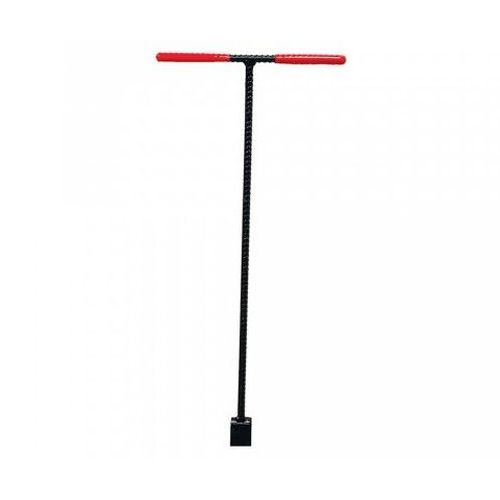What tips can you provide to help get my house winterized?
There are two stages to winterizing your home safely and securely.
1) The first area that must be addressed is the outside of your home. Identify the main emergency shutoff valve for all water entering your house. Whether it is at the well house, or at the street, or in your basement, all members of your family should know where this valve is and how to shut it off. You may need a street key to turn the water off at the street (JON M25-536).
Next, go around your house and visually inspect. Are there any cracks or bends in your siding? Do you see daylight between some bricks? Are all foundation or exterior vents sealed and closed? Don't just walk around, look and identify your problems.![]()
One problem almost always missed is your hose and hydrant connections. ALL HOSES MUST BE REMOVED FROM OUTSIDE WALL HYDRANTS. If a hose is attached, the water can freeze inside the fixture and cause damage to your home and the hydrant. Remove the hose and attach a Hydrant Cover (WAL 686042) to keep your home safe.
2) The second step to winterizing your home is to look at the inside of your residence. If you have pipes that are located in an unheated garage, crawl space under your house, or near a less insulated area in your home, take the time to insulate those pipes and faucets. We have several tapes, insulation kits and pipe insulation that can be used.
Lastly, when the cold weather arrives and days of freezing are predicted, its time to keep water dripping from your faucets and keep kitchen and bathroom cabinets open to allow warmer air to circulate around the plumbing.
Pay attention to your home and you should not have a problem keeping her warm and safe.
© 2025 brsupplyinc.com All rights reserved.Powered by SimpleApps